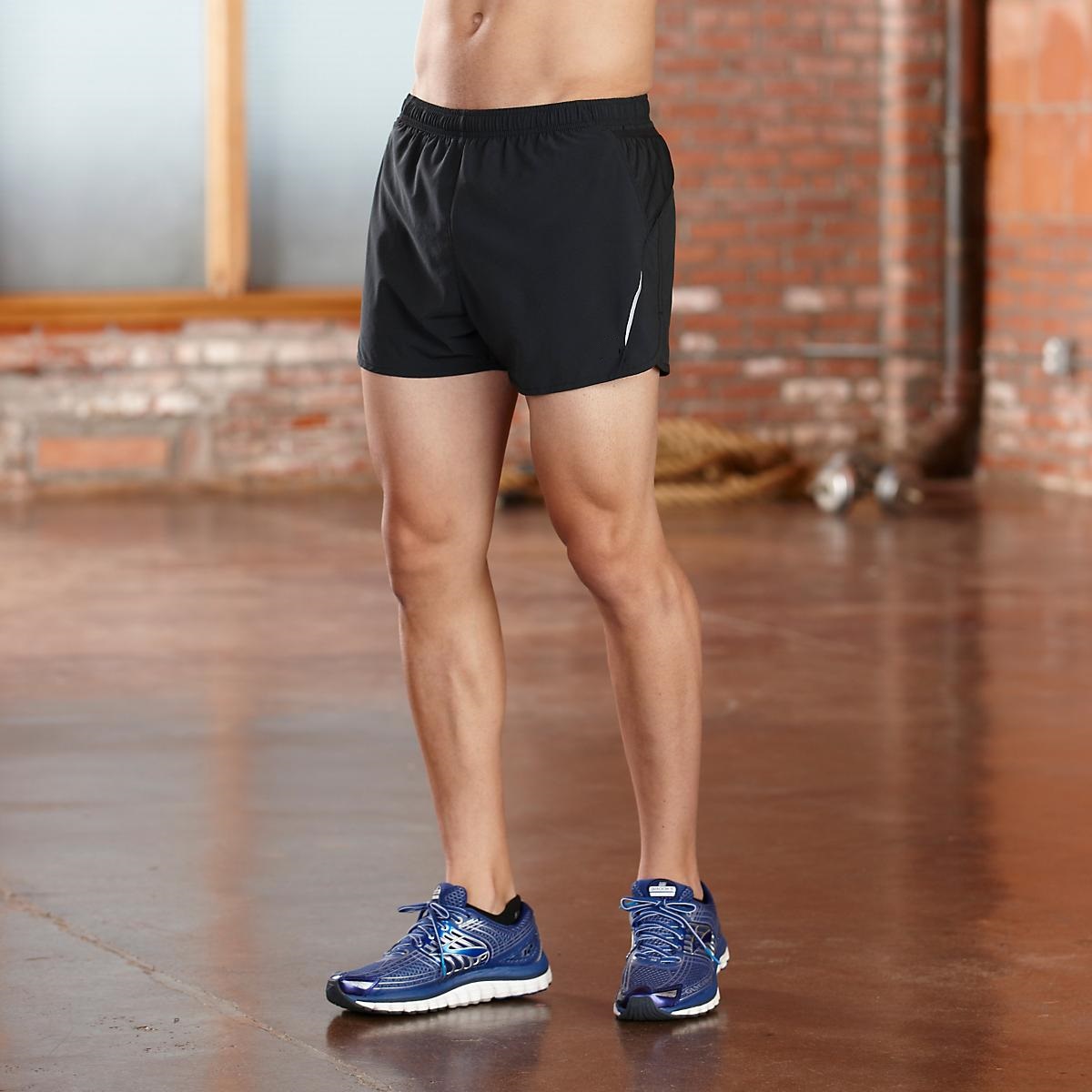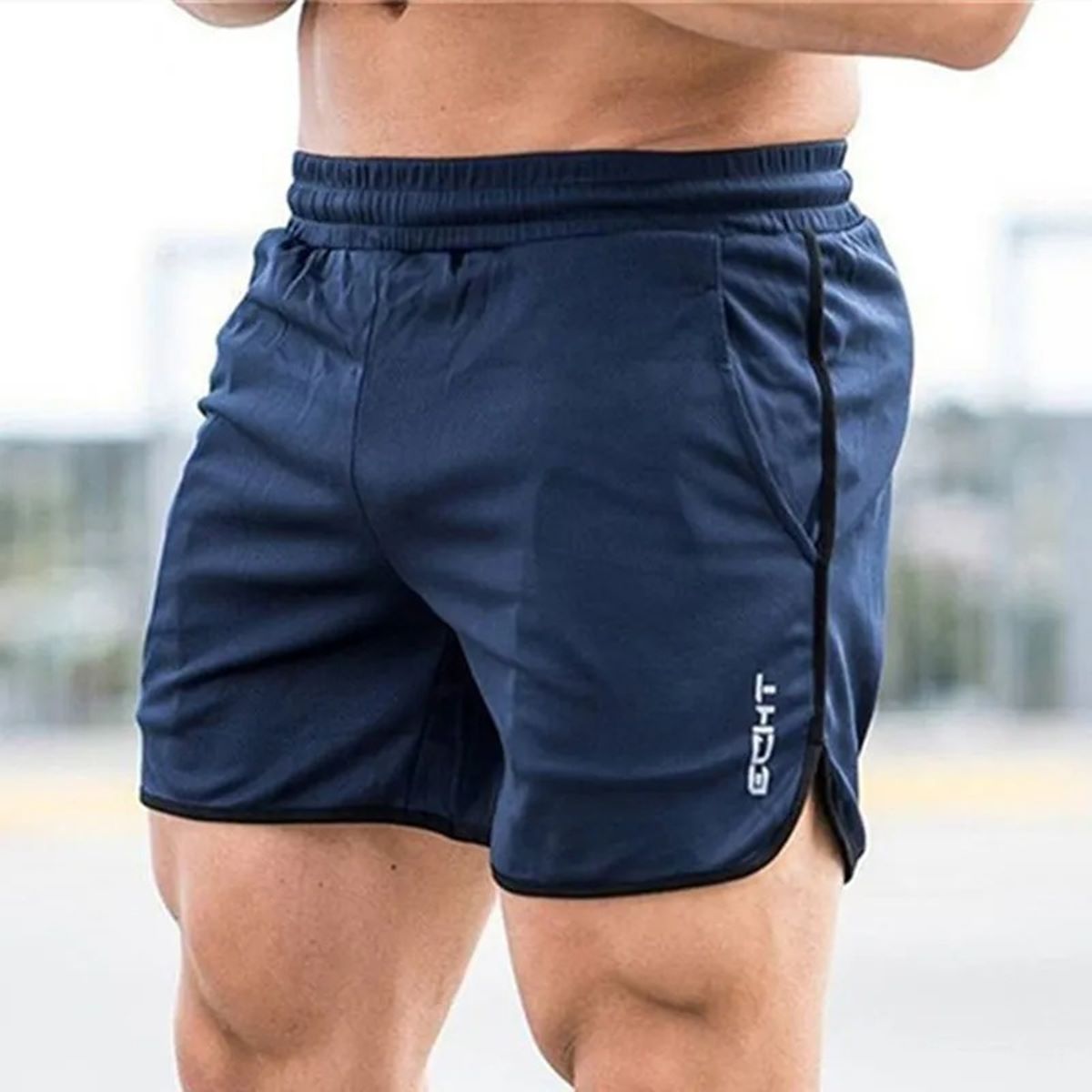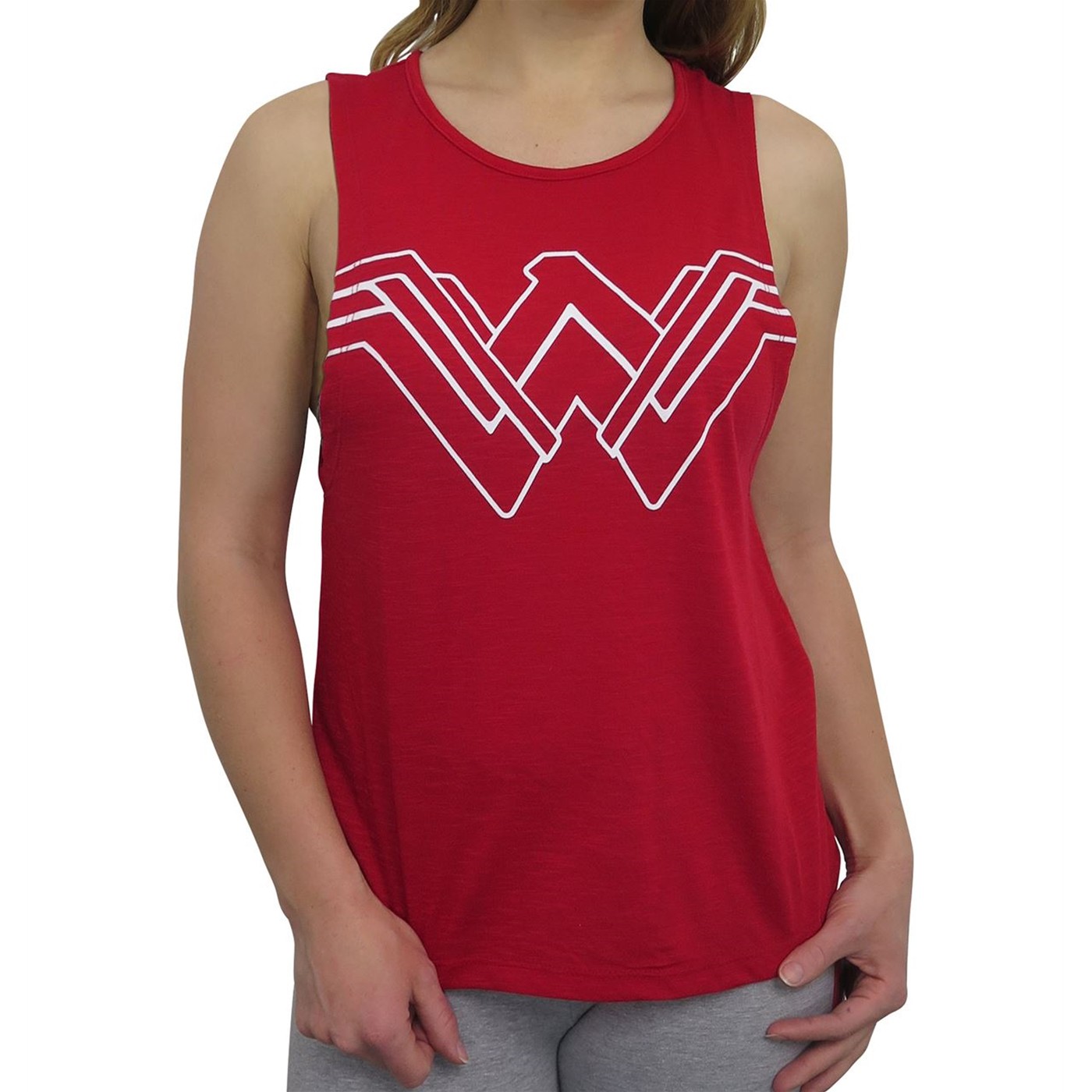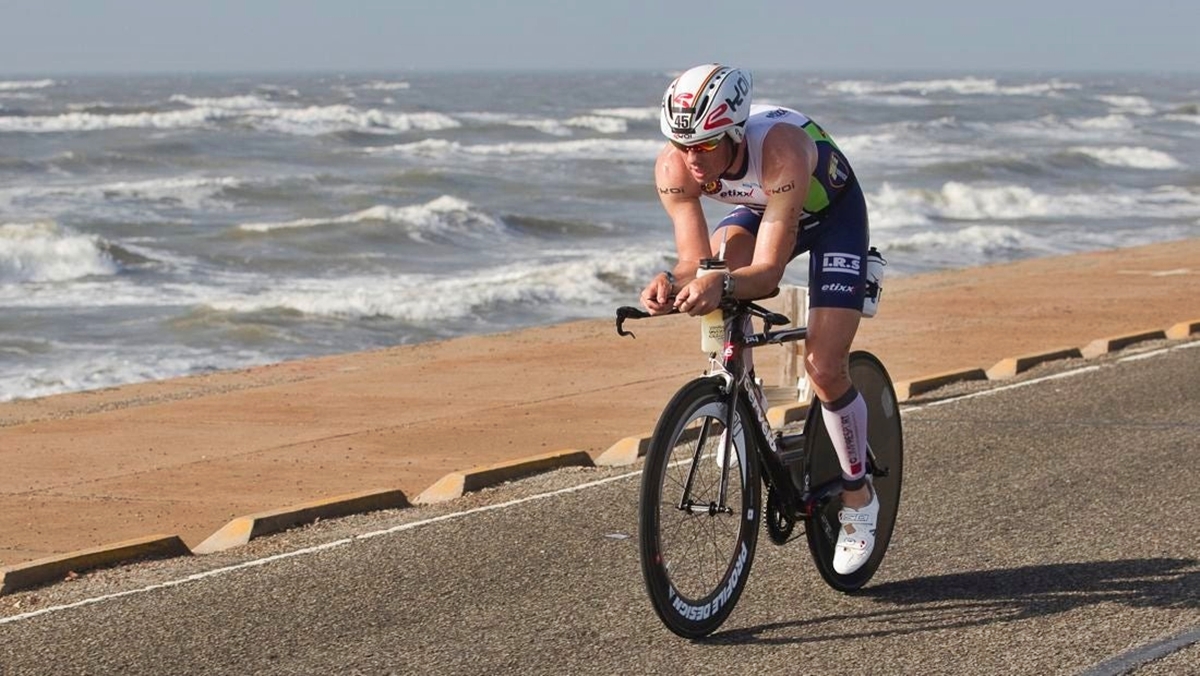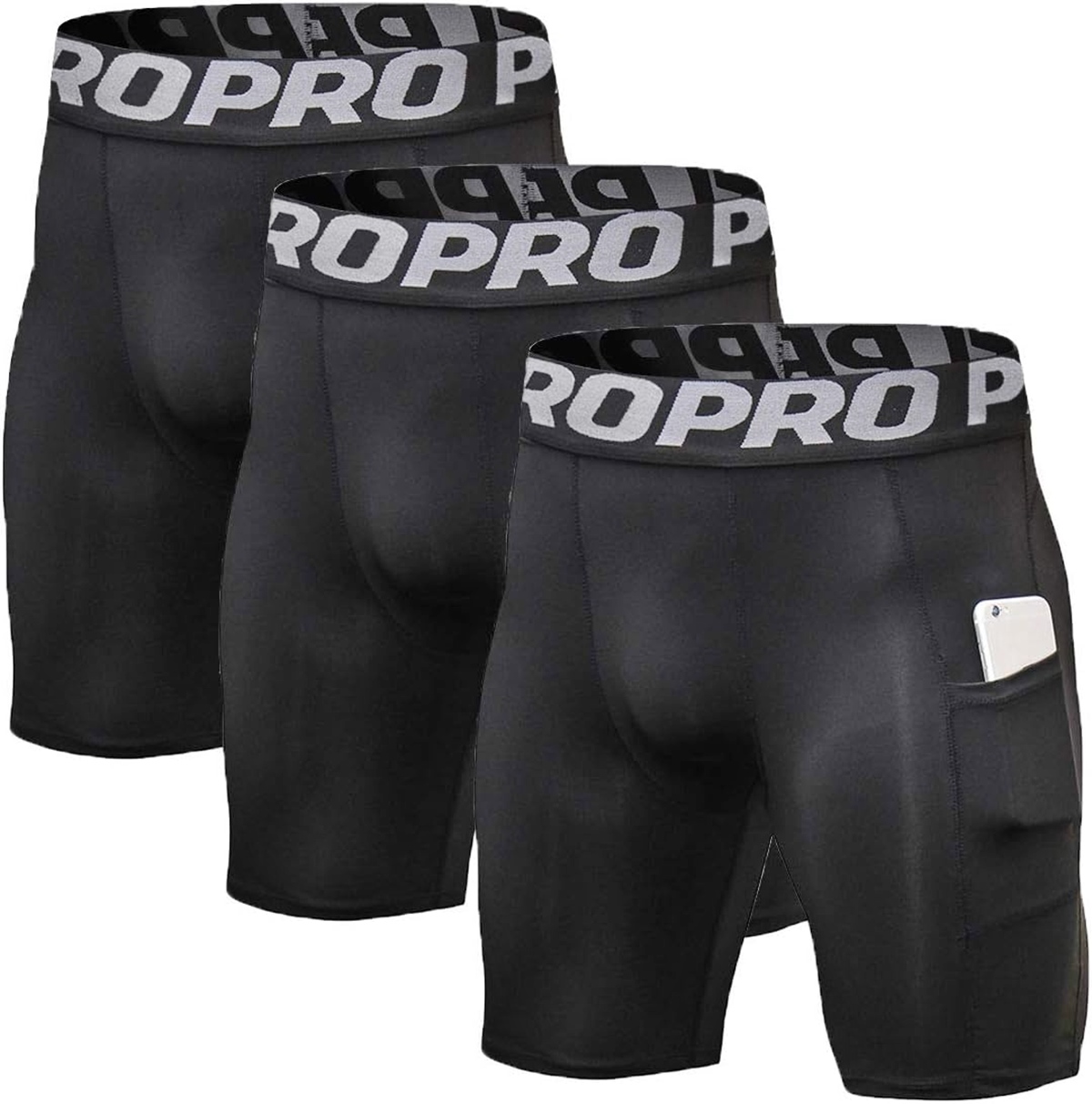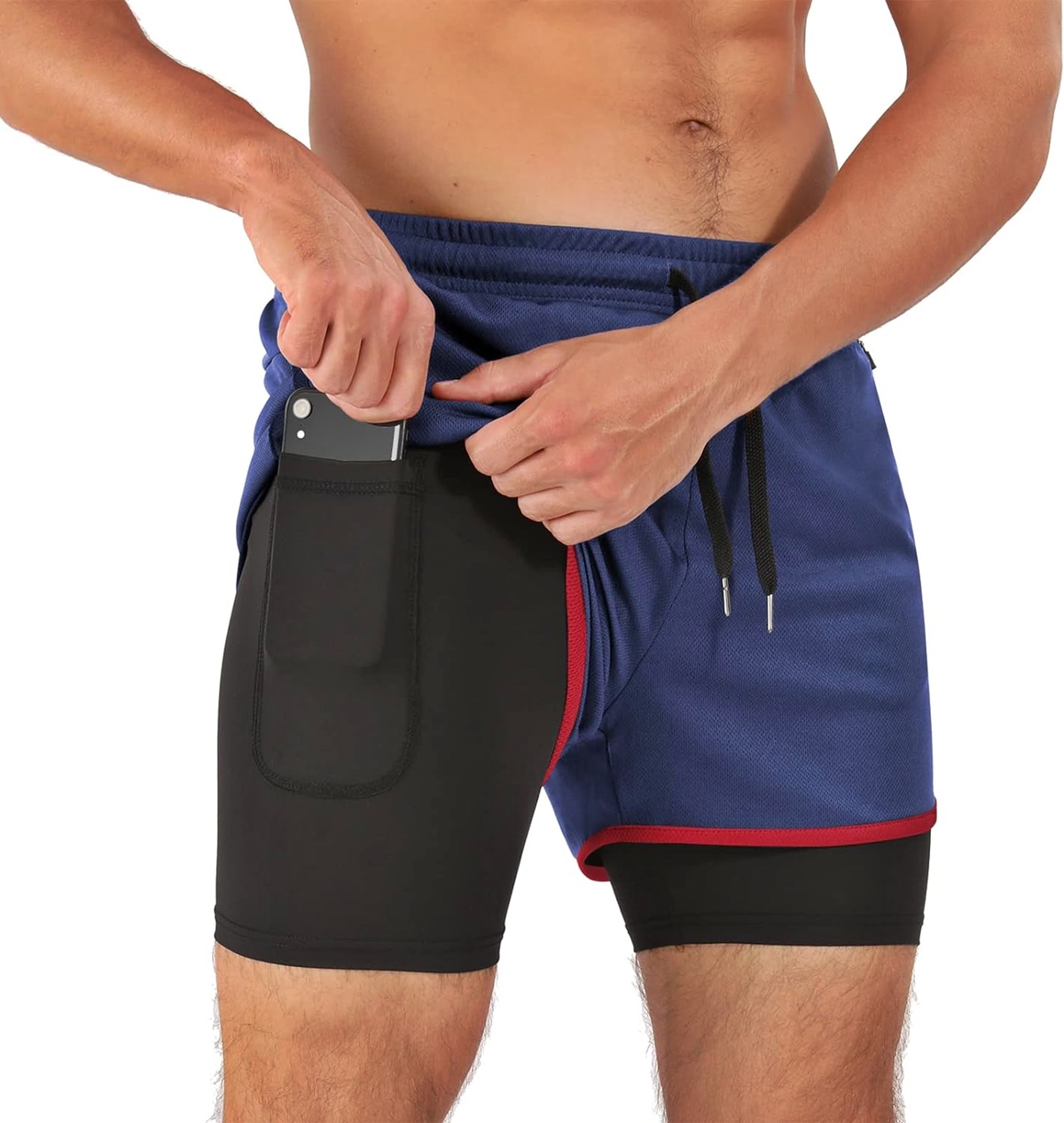Home>Misc>Featured>How To Tell Activewear Fabric From Bathing Suit Fabric


Featured
How To Tell Activewear Fabric From Bathing Suit Fabric
Published: October 12, 2023
Learn how to differentiate between activewear fabric and bathing suit fabric in this featured article. Discover the key factors to look for and make informed choices.
Introduction
Choosing the right fabric is essential when it comes to selecting suitable garments for different activities. Whether you’re looking for the perfect workout gear or swimwear for your summer adventures, understanding the characteristics of activewear fabric and bathing suit fabric can help you make informed decisions.
Activewear fabric is specifically designed to provide comfort, flexibility, and breathability during physical activities. On the other hand, bathing suit fabric is intended to withstand exposure to water, sunlight, and other external elements.
In this article, we will explore the key differences between activewear fabric and bathing suit fabric, and provide tips on how to identify and choose the right fabric for your specific needs. By the end of this article, you’ll be equipped with the knowledge to differentiate between the two fabric types and make the best choice for your activewear and swimwear needs.
So, let’s dive in and explore the world of activewear fabric and bathing suit fabric, and discover how to tell them apart!
Understanding Activewear Fabric
When it comes to activewear, the fabric plays a crucial role in providing comfort and performance during physical activities. Activewear fabric is designed to be durable, moisture-wicking, and stretchable, allowing for a full range of motion while keeping you cool and dry.
One of the most common types of fabric used in activewear is polyester. Polyester is known for its moisture-wicking properties, which means it can absorb sweat and quickly dry, keeping you comfortable during intense workouts. It is also lightweight and breathable, allowing air to circulate and prevent overheating.
Another popular fabric choice for activewear is nylon. Nylon is known for its strength and durability, making it perfect for high-impact activities. It is also quick-drying and resistant to wrinkles, making it ideal for travel and outdoor activities.
In addition to polyester and nylon, activewear fabrics may also include spandex or elastane. These materials provide the much-needed stretch and flexibility, ensuring a snug yet comfortable fit. They allow the fabric to move with your body, without restricting your movements.
Many activewear manufacturers also use specialized fabric technologies such as moisture-wicking treatments or antimicrobial finishes. These technologies help to keep you dry and odor-free during intense workouts by pulling moisture away from your body and preventing the growth of bacteria.
Understanding the characteristics of activewear fabric is crucial in selecting the right garments for different activities. Whether you’re into running, yoga, or weightlifting, choosing activewear made from moisture-wicking, stretchable, and breathable fabrics will enhance your performance and comfort level.
Now that we have a better understanding of activewear fabric, let’s move on to identifying the characteristics of bathing suit fabric.
Characteristics of Activewear Fabric
Activewear fabric possesses several key characteristics that make it ideal for physical activities. Understanding these characteristics will help you choose activewear that meets your specific needs and preferences. Here are some notable features of activewear fabric:
1. Moisture-wicking: Activewear fabric is designed to pull moisture away from your skin, allowing it to evaporate quickly. This helps to keep you dry and comfortable during intense workouts or outdoor activities.
2. Breathability: Good activewear fabric allows air to circulate, preventing the build-up of heat and sweat. Breathable fabrics promote ventilation and aid in cooling your body down, especially during high-intensity workouts.
3. Stretchability: Activewear fabric often contains spandex or elastane, which provides excellent stretch and flexibility. This stretchability ensures a comfortable fit and unrestricted movement, allowing you to perform various exercises with ease.
4. Durability: Activewear is subjected to repetitive movements, stretching, and washing. Therefore, it needs to be durable enough to withstand the wear and tear of frequent use. High-quality activewear fabric is designed to be durable and long-lasting.
5. Lightweight: Activewear should feel lightweight on your body, allowing you to move freely without feeling weighed down. Lightweight fabrics are typically preferred because they reduce the strain and discomfort during physical activities.
6. Odor resistance: Activewear fabric often incorporates antimicrobial properties or treatments to prevent the growth of odor-causing bacteria. This helps to keep your activewear fresh and odor-free, even after intense workouts.
7. UV protection: Many activewear fabrics offer built-in UPF (Ultraviolet Protection Factor) to protect your skin from harmful sun rays. This is particularly important if you engage in outdoor activities where you are exposed to prolonged sunlight.
By considering these characteristics, you can choose activewear fabrics that align with your specific needs and preferences. Whether you prioritize moisture-wicking, breathability, or durability, there is a wide range of activewear fabric options available to suit your requirements.
Now that we’ve covered the characteristics of activewear fabric, let’s turn our attention to identifying the characteristics of bathing suit fabric.
Identifying Bathing Suit Fabric
Bathing suit fabric is designed to withstand the unique demands of being in water. It needs to be able to resist fading, stretching, and damage caused by chlorine, saltwater, and sun exposure. Here are some characteristics to help you identify bathing suit fabric:
1. Chlorine resistance: Bathing suit fabric is often treated or made from materials that are resistant to chlorine. This is important because chlorine can cause fading, discoloration, and degradation of the fabric. Look for fabric labels that mention chlorine resistance or materials like polyester, which have inherent resistance.
2. UV protection: Just like activewear, bathing suits may come with built-in UPF to protect your skin from harmful UV rays. Sun exposure can lead to premature aging and skin damage, so having UV protection is crucial, especially if you spend a lot of time at the beach or pool.
3. Quick-drying: Bathing suits are constantly exposed to water, so it’s essential for the fabric to dry quickly. Quick-drying fabrics help to prevent discomfort and chafing caused by prolonged wetness. Look for fabrics like nylon or polyester, which are known for their fast-drying properties.
4. Stretch and recovery: Bathing suit fabric should have good stretch and recovery properties. This means that it should be able to stretch comfortably when you move or swim and then bounce back to its original shape. Fabrics like spandex or elastane are commonly used to provide the necessary stretch in bathing suits.
5. Resistant to sagging: Bathing suits need to maintain their shape and support, especially for styles like one-pieces or supportive bikini tops. Look for fabric blends that contain materials like Lycra or elastane, which help to prevent sagging and provide a snug fit.
6. Fade resistance: Exposure to sunlight and chlorine can cause bathing suits to fade over time. Look for materials that are specifically designed to resist fading, such as chlorine-resistant polyester blends.
7. Comfort: Bathing suits should be comfortable to wear for extended periods. Soft, lightweight fabrics are often preferred because they feel comfortable against the skin and allow for freedom of movement in the water.
By considering these characteristics, you can effectively identify bathing suit fabric and choose swimsuits that are durable, comfortable, and will maintain their quality even after repeated use in water.
Now that we understand how to identify bathing suit fabric, let’s compare the key differences between activewear fabric and bathing suit fabric.
Qualities of Bathing Suit Fabric
Bathing suit fabric possesses unique qualities that make it suitable for swimwear. These qualities ensure that your bathing suit not only looks stylish but also performs well in water environments. Here are some key qualities of bathing suit fabric to look out for:
1. Water resistance: Bathing suit fabric is designed to repel water and minimize water absorption. This helps to prevent the fabric from becoming heavy and weighing you down while swimming. Fabrics like nylon and polyester are known for their water-resistant properties, allowing for quick drying and enhanced comfort.
2. Elasticity: Bathing suit fabric needs to have considerable elasticity to provide a snug and comfortable fit. Fabrics like spandex and elastane are commonly used to add stretch and improve the flexibility of the swimwear. This elasticity ensures a secure fit, especially when swimming or engaging in water activities.
3. Shape retention: One of the most important qualities of bathing suit fabric is its ability to retain its shape, even after repetitive use and exposure to water. Fabrics with good shape retention characteristics ensure that your swimwear maintains its form and does not become saggy or stretched out over time.
4. Resistance to fading: Exposure to sunlight, chlorine, and saltwater can cause bathing suits to fade over time. Quality bathing suit fabrics are often treated or designed to resist fading, ensuring that your swimwear retains its vibrant colors and appearance.
5. Chlorine and saltwater resistance: Chlorine and saltwater can be harsh on fabrics, causing them to deteriorate and lose their quality. Bathing suit fabrics that are chlorine and saltwater resistant are specifically designed to withstand the corrosive effects of these substances, ensuring that your swimwear lasts longer.
6. Comfortable against the skin: Bathing suit fabric should be comfortable to wear, even for extended periods. Soft and smooth fabrics are often preferred for their gentle feel against the skin. Additionally, fabrics that offer moisture-wicking properties help to keep you dry and comfortable while swimming.
7. UV protection: Protecting your skin from harmful UV rays is vital, especially when spending time under the sun. Many bathing suit fabrics come with built-in UV protection, which shields your skin from the damaging effects of the sun’s rays.
By considering these qualities, you can choose bathing suit fabrics that not only look great but also offer the performance and durability necessary for water activities. Next, let’s compare the key differences between activewear fabric and bathing suit fabric.
Key Differences between Activewear Fabric and Bathing Suit Fabric
While activewear fabric and bathing suit fabric may share some similarities, there are crucial differences that set them apart. Understanding these differences will help you make informed choices when selecting the appropriate fabric for different activities. Here are the key distinctions:
1. Purpose: The primary purpose of activewear fabric is to provide comfort, flexibility, and breathability during physical activities. On the other hand, bathing suit fabric is designed to withstand exposure to water, sunlight, and other external elements. It needs to be water-resistant, quick-drying, and resistant to fading and stretching.
2. Moisture management: Activewear fabric is designed to wick away moisture from the body, keeping you dry and comfortable during workouts. Bathing suit fabric, on the other hand, should repel water to prevent it from becoming heavy and uncomfortable while swimming.
3. Stretch and recovery: Activewear fabric often contains spandex or elastane to provide stretch and flexibility for unrestricted movement. Bathing suit fabric also incorporates stretchable materials, but the emphasis is more on shape retention to maintain a secure fit even when wet.
4. Chemical resistance: Activewear fabrics may not be specifically designed to resist the effects of chemicals like chlorine or saltwater, which can cause damage and fading. In contrast, bathing suit fabrics are often treated or made with materials that are resistant to chlorine and saltwater.
5. UV protection: While both activewear fabric and bathing suit fabric can offer UV protection, it is of utmost importance in bathing suits due to extended sun exposure during outdoor swimming. UV-protective bathing suit fabrics help to shield your skin from harmful UV rays.
6. Aesthetic considerations: Activewear fabric is available in a wide range of colors, patterns, and designs to suit individual preferences. Bathing suit fabric also offers various style options, but it often prioritizes durability and functionality as it needs to withstand the rigors of water activities.
Ultimately, the key differences between activewear fabric and bathing suit fabric lie in their purpose, moisture management, stretch and recovery, chemical resistance, UV protection, and aesthetic considerations. By understanding these distinctions, you can select the right fabric for your specific needs and activities.
Next, let’s explore some helpful tips for determining the fabric type when shopping for activewear or swimwear.
Tips for Determining Fabric Type
When shopping for activewear or swimwear, it can be helpful to know how to determine the fabric type to ensure you’re making the right choice. Here are a few tips to help you determine the fabric type:
1. Check the label: The easiest way to identify the fabric type is by checking the garment’s label. Most clothing items, including activewear and swimwear, come with a care label that provides information about the fabric composition. Look for labels that specify the fabric content, such as polyester, nylon, spandex, elastane, or a blend of these materials.
2. Feel the fabric: Touching the fabric can give you clues about its type. Activewear fabric is often lightweight, smooth, and has a slightly stretchy feel. It should feel soft and breathable against your skin. Bathing suit fabric, on the other hand, may have a more slippery or slick feel due to its water-resistant properties.
3. Examine the stretch: Stretchability is a common characteristic of both activewear fabric and bathing suit fabric. Pull the fabric gently to see if it stretches and how quickly it returns to its original shape. If the fabric stretches easily and recovers its shape well, it is likely made from a stretchable material like spandex or elastane.
4. Consider the purpose: Think about the intended purpose of the garment. If it’s designed for high-intensity workouts or sports activities, it’s more likely to be made from activewear fabric. If it’s meant for swimming or water-related activities, it’s more likely to be made from bathing suit fabric.
5. Research the brand: Research the brand you’re considering purchasing from to understand their focus and expertise. Some brands specialize in activewear, while others specialize in swimwear. This can give you an idea of the type of fabric they typically use for their products.
6. Ask for assistance: If you’re unsure about the fabric type, don’t hesitate to ask for assistance from store staff or customer service representatives. They may have additional information or insights about the fabric composition and properties of the garments you’re interested in.
By utilizing these tips, you can make more informed decisions when it comes to selecting the right fabric for your activewear or swimwear needs.
Now that we’ve covered tips for determining fabric type, let’s wrap up our discussion.
Conclusion
Choosing the correct fabric is essential when it comes to activewear and swimwear. Understanding the characteristics and differences between activewear fabric and bathing suit fabric can help you make informed decisions and select the best fabric for your specific needs.
Activewear fabric is designed to provide comfort, flexibility, and breathability during physical activities. It is moisture-wicking, stretchable, durable, and often incorporates specialized technologies to enhance performance. On the other hand, bathing suit fabric is specially formulated to withstand exposure to water, sunlight, and chemicals like chlorine and saltwater. It needs to be water-resistant, quick-drying, and resistant to fading and stretching.
To determine the fabric type, check the label for fabric composition, feel the fabric for its texture and stretch, consider the garment’s purpose, and seek assistance if needed. These tips can help you identify whether a fabric is suitable for activewear or swimwear.
By choosing the right fabric, you can ensure maximum comfort, durability, and performance during your workouts or water activities. Whether you’re seeking optimal breathability and flexibility in activewear or water resistance and quick-drying properties in bathing suits, understanding fabric characteristics will guide you towards the appropriate choices.
So, the next time you shop for activewear or swimwear, pay attention to the fabric and its qualities. Armed with this knowledge, you can make informed decisions and enjoy the benefits of high-quality, suitable fabric in your workout gear or bathing suits.
Remember, the right fabric can make all the difference in your comfort, performance, and overall enjoyment of your activities. Choose wisely, and enjoy the benefits of well-suited fabrics in your active lifestyle!
